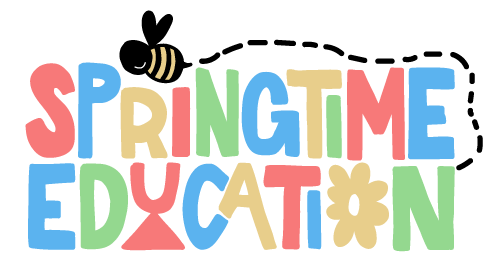In today’s diverse workplaces, inclusivity is more important than ever. As businesses become more aware of the need to create a welcoming and supportive environment for all employees, sign language is increasingly being recognized as a key tool for promoting inclusivity. Here’s a closer look at why sign language is so important in the workplace, and how businesses can implement it to create a more inclusive environment.
The Importance of Sign Language in the Workplace
Sign language is an important tool for promoting inclusivity in the workplace for several reasons. Firstly, it enables deaf and hard-of-hearing employees to communicate more effectively with their colleagues, reducing the risk of isolation and exclusion. Secondly, it demonstrates a commitment to diversity and inclusion, sending a message to all employees that their needs and contributions are valued. Finally, it can help to create a more positive and collaborative workplace culture, where all employees are encouraged to work together and support one another.
Implementing Sign Language in the Workplace
Implementing sign language in the workplace requires a commitment to creating a culture of inclusivity and accessibility. Here are some practical steps businesses can take to make their workplaces more welcoming to deaf and hard-of-hearing employees:
-
Provide Sign Language Interpreters: Hiring an on-site sign language interpreter or contracting with a sign language interpreting agency is a simple and effective way to provide support for deaf or hard-of-hearing employees. It ensures that they have equal access to meetings, training sessions, and other workplace events.
-
Make Meetings and Events Accessible: When planning meetings and events, ensure that they are accessible to all employees, including those who use sign language. This may involve providing interpreters or ensuring that the meeting or event is held in a location that is accessible for sign language users.
-
Offer Sign Language Classes: Providing sign language classes for interested employees is a great way to promote inclusivity and create a more supportive workplace culture. This can help to break down communication barriers and promote greater understanding and collaboration among all employees.
-
Provide Sign Language Resources: One impactful strategy is the integration of sign language posters and self-learning tools, like flashcards, for staff. By implementing these resources, the company sends a powerful message that it values and respects employees of all abilities and backgrounds.
-
Use Technology: There are a variety of technological tools available that can help to support sign language use in the workplace. For example, video conferencing platforms can be used to connect sign language interpreters with remote employees, while captioning and transcription services can be used to provide real-time captions for videos and meetings.
- Promote Inclusivity: Finally, it’s important to create a workplace culture that values inclusivity and supports all employees. This means promoting diversity, providing training on disability awareness, and encouraging all employees to work together to create a supportive and welcoming environment.
By embracing sign language and other tools for promoting inclusivity, businesses can build stronger and more successful teams, and create a workplace that truly values and supports all of its employees.

